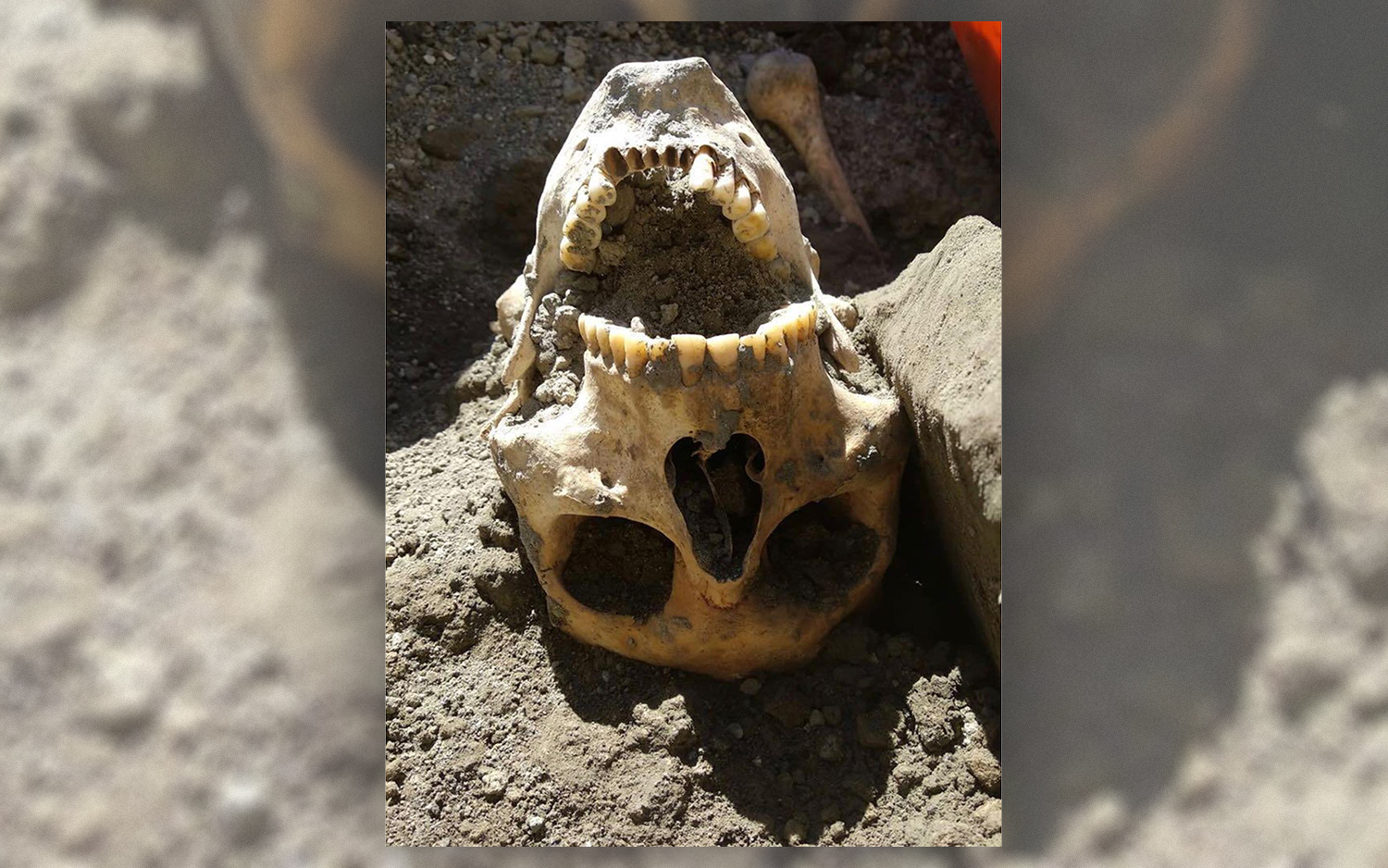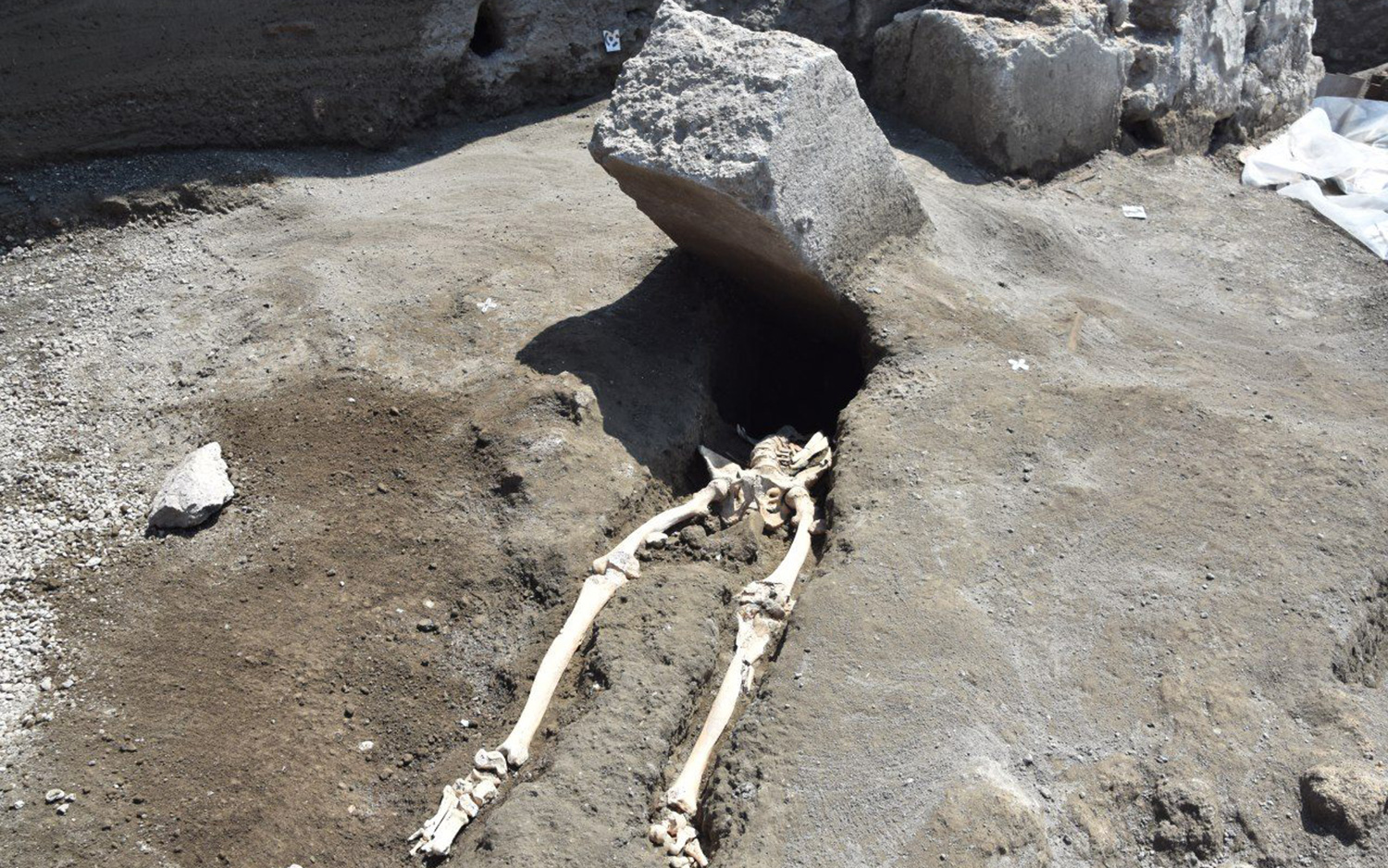
The 'Decapitated' Pompeii Man Wasn't Decapitated After All

Remember back in May when archaeologists unearthed the body of a man who appeared to have been decapitated by a huge falling stone during the A.D. 79 eruption of Mount Vesuvius that wiped out Pompeii? Well, now there's an update to the story: The same archaeologists found his skull intact and now believe he wasn't decapitated at all. [24 Amazing Archaeological Discoveries]
Huh? But look at this photo of a clearly decapitated man!

Here's the deal: Scientists had already figured out, as Live Science reported at the time, that the "decapitated" Pompeii man likely wasn't killed by the big rock that eventually became his de-facto (ahem) headstone. Instead, like most of the thousands killed at Pompeii, he probably died from the volcano's pyrocastic flow: a surge of thick, scalding ash that can emerge during a volcanic eruption. The dust from that pyroclastic flow eventually set in place as a loose cement would, and is the reason Pompeii is so well-preserved.
Here's a more recent example in action:
What they didn't know was that the rock that fell on top of him after he died didn't decapitate him or even crush his skull. Instead, the researchers wrote in a statement, his head fell off his body much more recently, just a few hundred years ago.
Here it is: At some point during the 18th or 19th centuries, the researchers wrote in the statement, someone happened to dig a tunnel through the ash under the man's final resting place. The tunnel later collapsed under his head and upper torso, which then fell into the hole, separating them from the body and the stone. The researchers, having now found the remainder of his remains, report that they remain intact.
Sign up for the Live Science daily newsletter now
Get the world’s most fascinating discoveries delivered straight to your inbox.










